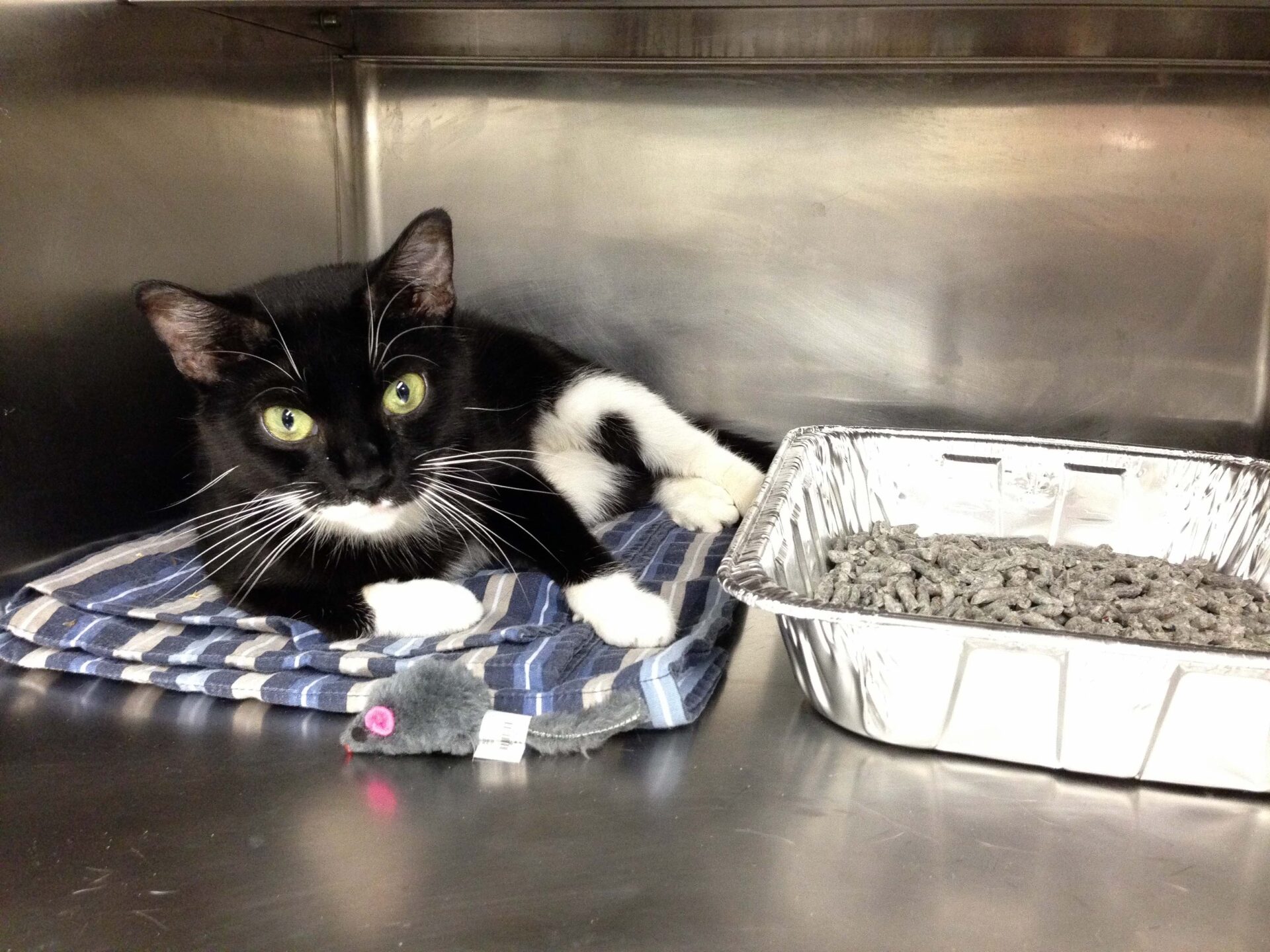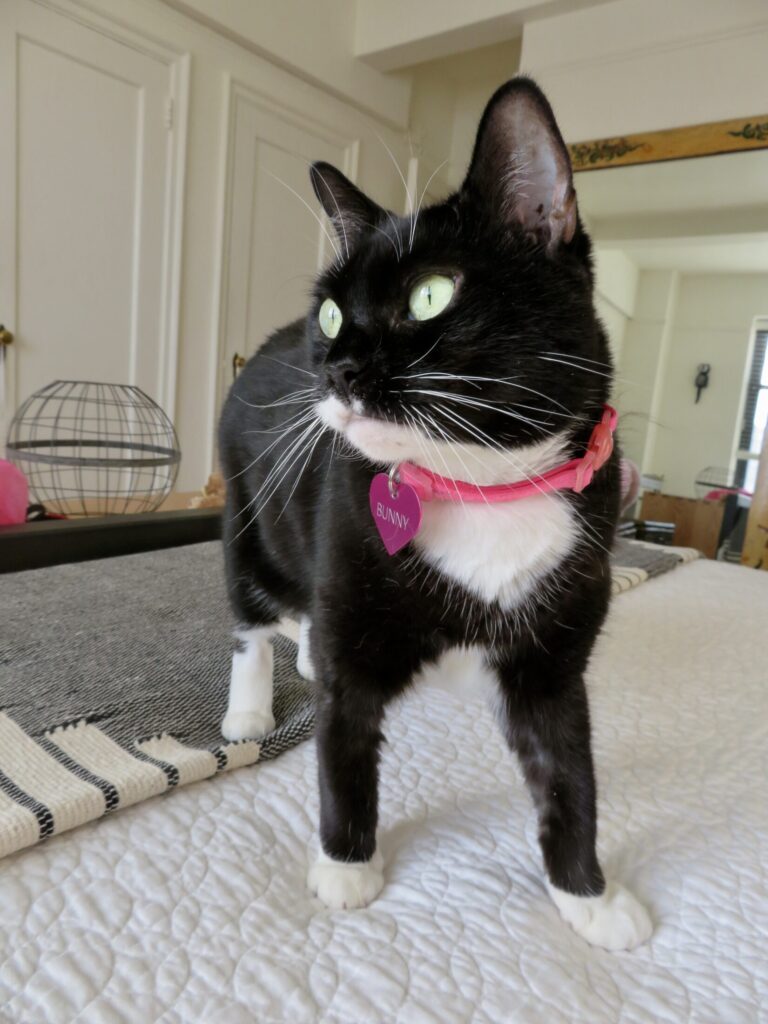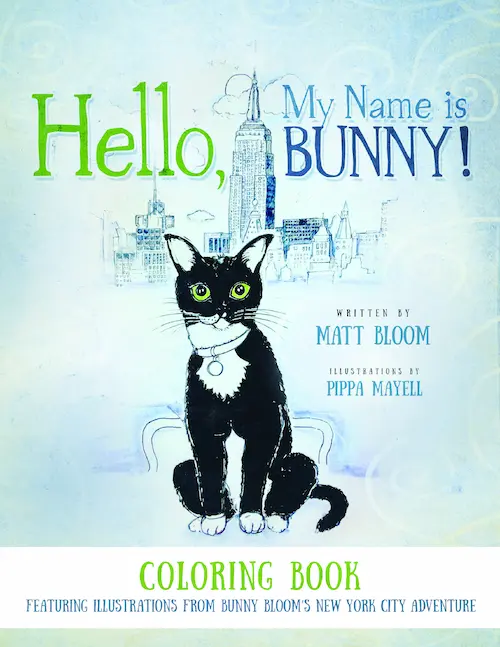When I was five years old, a tiny tortoiseshell kitten bounded into my life. My mother answered a knock at the door one day and found a group of well-meaning teenage boys carrying this adorable bundle of fluff. They wanted to know if she belonged to us.
My mom’s maternal instinct immediately kicked in, compelling her to hand the boys five British pounds (we lived in London at the time) in return for the kitten; she couldn’t bear the thought of the scared, vulnerable creature being carried around the streets. While my mother had no plans to adopt the little orphan, she felt a keen responsibility to protect her. Within an hour we had a new family member named T.C. (remember Top Cat?). For the next three weeks T.C. lived in an upstairs bedroom while our West Highland Terrier, Sandy, got used to the idea of a feline sibling. Needless to say, T.C. quickly ruled the roost and she and Sandy soon became the best of friends. Their friendship lasted more than 15 years.
I tell you this because T.C. was one of the lucky ones. Maybe your cat is too. There are likely homeless cats wherever you are in the world. Maybe they were born on the streets or have been abandoned, as often happens when a loving guardian passes and the family wants nothing to do with the animal. Perhaps the cat’s guardian finds themselves in circumstances that no longer allow animals. Or a guardian simply cannot afford to keep their pet. Aside from those who don’t care (and there are many), some guardians are poorly educated and/or just too embarrassed to relinquish the animal to a shelter where it would at least be safe. So they dump it on the streets, leaving it to the mercy of the universe. A street cat’s life is often short and cruel, punctuated with hunger, danger, and misery.
So many problems in our society are interconnected. When you’ve been evicted, are a domestic violence survivor, or living a subsistence life, finding the resources to feed your companion animal can seem impossible. Abandonment is a heartbreaking choice, but desperation drives some to believe it’s the only option.
Education is another issue. Many don’t even realize animals—like children or the elderly—are our responsibility, not disposable collateral. Where is the safety net for the voiceless victims of this fallout?
Take New York City as an example, where there are an estimated half a million homeless cats. You read that correctly. Half a million. Shockingly, that’s as many homeless cats as those with homes in the city. It’s hard to imagine, but just ask any of the incredible rescue groups —which conservatively number more than 50—in and around New York City. They’ll tell stories you wish you’d never heard. Although you can’t unhear or unsee the cruelty, you can attempt to tackle it.
How can a sophisticated, wealthy city like New York invest so little in addressing this problem? Why can’t it assist rescue groups in making life kinder and safer for homeless cats by helping them get adoptable ones off the street and ensuring those not adoptable are spayed or neutered to prevent future pregnancies?

Bunny awaiting adoption at KittyKind in 2014 (photo courtesy of Scott Bleicher)
The practice of “Trap, Neuter, and Return” (“TNR”)—a humane solution that stems the birth of homeless kittens and improves the health and wellbeing of feral cats—falls on volunteers who dedicate enormous amounts of time, energy, and often their own money to make it happen. It’s an expense few can repeatedly afford when costs can be upwards of $200, depending on the provider. While the city mandates all outdoor cats must be spayed or neutered, the NYC Health department doesn’t endorse, regulate, or fund any TNR activities. It’s instead left to volunteers who try their best but often burn out from the emotional toll of dealing with injured or sick animals, not to mention the stress of going broke. Meanwhile, street cats continue to suffer day in and day out. There must be a better way.
In her excellent book, Justice for Animals, Martha C. Nussbaum discusses the collective responsibility humans have towards animals. She proposes each U.S. city and state have an Office of Domestic Animal Welfare that creates and funds policies to protect companion animals like cats and dogs. The department would function similarly to a department of child welfare. In my opinion TNR programs within this public office could be adequately organized, funded, and staffed—with volunteer collaboration—and community education programs could be created to redefine a guardian’s responsibilities to their companion animal. No-kill shelters could receive support to adequately manage cat and dog intakes, fosters, and adoptions.
Against the backdrop of a chaotic post-pandemic world fighting inflation and global financial insecurity—as well as so many other pressing social issues, including human homelessness—many would call this a pipe dream we can’t afford to put into action. My question is, how can a civilized society afford not to?
While New York City does in fact have an Office of Animal Welfare for wild and domestic animals, there is little focus on companion animals. The admirable Animal Control Center (ACC)—which takes in more than 25,000 animals every year—does what it can to place animals for adoption, but its daily Instagram feed reveals just how overwhelming this number of homeless companion animals can be for one organization. The ACC primarily relies on volunteers and donations from NYC’s animal-loving community, which is a proverbial band-aid for a much larger issue. The ACC’s mission to end animal homelessness will never be achieved without organized and appropriately funded efforts to spay and neuter cats and an investment in ongoing community education programs to reduce animal homelessness in the first place. Let’s not forget that a domestic animal is only homeless because a human abandoned or neglected it somewhere along the way. Not to mention humans domesticated animals like cats and dogs in the first place. We owe them.
The practical outcome of creating an Office of Domestic Animal Welfare in every city and state would be transformational. It would significantly reduce suffering for the animals as well as for the volunteers fighting an endless battle to stem the misery, all to the detriment of their own mental and financial well-being. Communities would be spiritually richer because of the significant reduction of suffering; the impact on society would be immense.
Tuesday April 11th marks National Pet Day in the U.S.; a day when our TikTok, Twitter, and Instagram feeds will fill with joyful images of happy cats and dogs in their “forever” homes. Let’s use this day to start a conversation about the rights of every companion animal to live free from preventable suffering and the roadmap we create to get there.
In Judaism, the Talmud teaches “whoever saves one life saves the world entire.” So it is that when we look after the most vulnerable in society—whether animals, children, the elderly, or the incapacitated—we look after everybody and lay the foundations for a kinder, emotionally richer, less destructive world. I don’t think you can put a price on that.
What do you think? Let me know your thoughts in the comments.
Shelley Simmons-Bloom (Bunny’s Mom)



